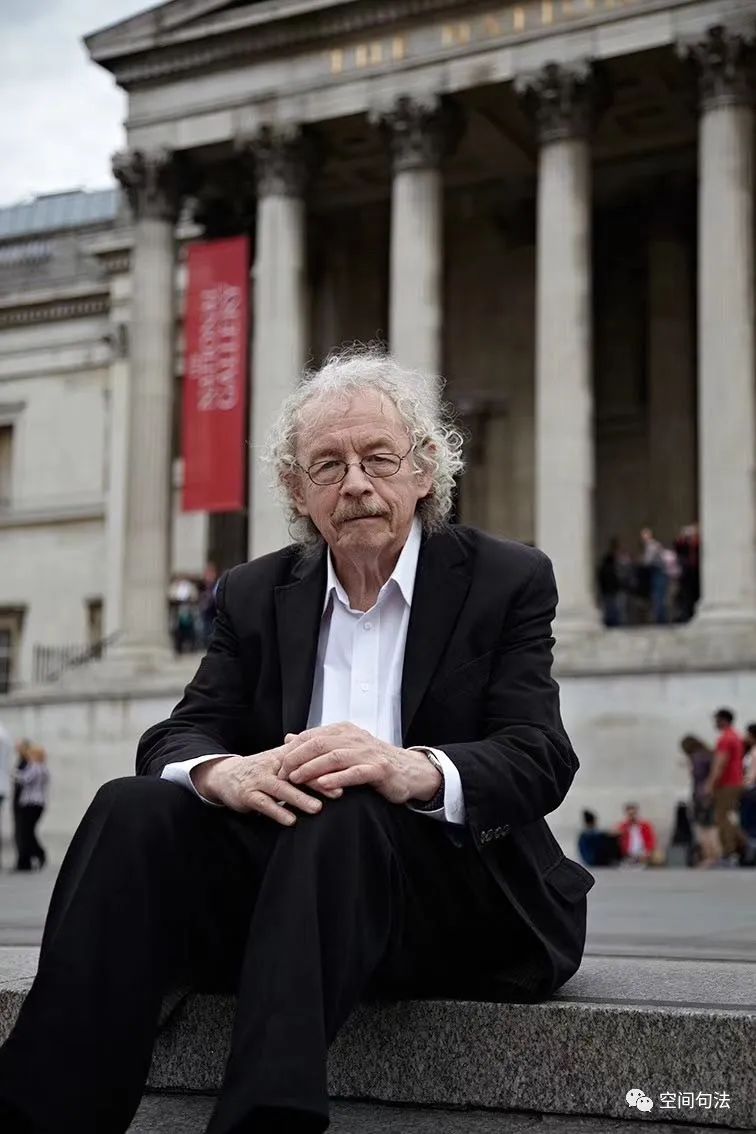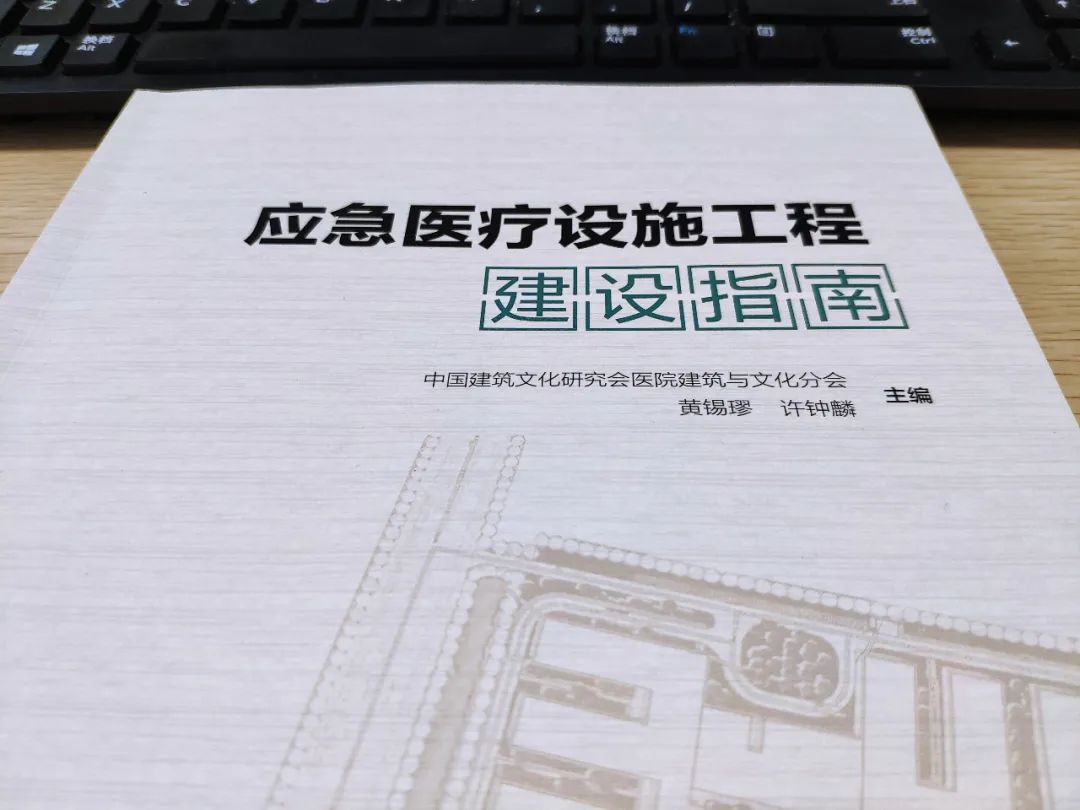The most important event is that China has become a rising economic force.

I accepted the invitation to write the preface to the Chinese version of Space is a Machine.
However, many changes have taken place in the world since 1996.
In this unprecedented scale of development, the relationship between society and its spatial composition in these two books needs to be re examined.
Its core idea is the concept of spatial organization (a group of holistic relationships, in which any relationship depends on all other relationships related to it – translator’s note), namely the syntax of space.
The preface to the Chinese version was filled with joy and even some excitement.
In the following ten years, the research field opened by these two books has developed rapidly, which is reflected in the following two aspects: space syntax, as a research method, reveals the “deep structure” in buildings and cities; It is becoming a kind of design means, which brings a new atmosphere of demonstration and predictive interpretation to architecture and urban design.
Figure 2 In terms of methodology, Professor Bill Hillier has proposed a large number of new methods for syntactic analysis.
Fortunately, these cornerstones in the whole discipline of “space syntax” still seem solid and firm.
I hope this discovery will be equally important.
However, the purpose of these two books is to enable scientific thinking and empirical methods to be applied to the study of the above issues in a new way, regardless of their size.
At the same time, we have seen the unprecedented development of Chinese cities.
However, the theoretical and methodological basis of this discipline is still solid.
At University College London, the most important achievement is that Alasdair Turner developed the “syntactic” analysis of sight in Depthmap software.
At the same time, it has also been used in the design of various scales, even in the overall urban space planning.
Although the foundation of Space is a Machine 11 years ago is very solid, I think it is necessary to review some important new achievements in space syntax theory and its methodology in this preface.
If buildings can fail, it means they can succeed.
These influences are very important for understanding urban morphology and human spatial cognition.
Therefore, what we need is not to give up basic ideas, but to seek better theories.

In architecture, this has stimulated new thinking.
Even then, the research methods of space syntax have become more sophisticated and the theory has become more complex.
In this breakthrough research, Bill Hillier put forward a new point of view: the spatial pattern of houses reveals how houses and cities serve people.
I also found that the placement and configuration of objects have a systematic impact on their environmental space, and can also be expressed mathematically.
Many architectural theorists have abandoned this concept of functionalism, and then they have also abandoned the basic idea related to it: houses and cities serve people, either good or bad.
For example, John Peponis of Georgia Institute of Technology in Atlanta and his colleagues successively published three papers on the basis of geometry in Environment and Planning B in 1997 and 1998, and Mike Batty of the Advanced Space Analysis Center of University College London published two papers on the basis of graph theory, They all have eternal value.
It shows us how we can re understand the interaction between society and space in human existence by analyzing the spatial patterns inside and outside buildings, and then we can re understand the complementarities of form and function in buildings and cities.
I also hope that this will enable us to understand the relationship between these two fields more comprehensively.
The first English edition of Space is a Machine was published by Cambridge University Press in 1996.
Publishing information English original title: SpaceistheMachine: AConfigurational Theory of Architecture Author: Bill Hillier Publishing House: Cambridge University Press Chinese translation Author: [English] Bill Hillier Translator: Yang Tao, Zhang Ji, Wang Xiaojing Publishing House: China Building Industry Press Figure 1 Space is a Machine: Architectural Fabric Theory Chinese translation cover Cobusier claimed: “Housing is a living machine.” Up to now, this functionalist concept has led to the failure of modernist architecture.
Based on the new theory on society and space in the early Social Logic of Space (Cambridge University, published in 1984), this book proposed a new theory on architecture and urbanization.
The latest statistics show that space syntax has been actively used in more than 400 colleges and universities in 75 countries.
It is this more complex and decomposable axis analysis method that enables us to verify that human motion is guided by the spatial relationship between geometry and topology, rather than simply determined by the actual distance; In addition, we can also clarify why we can use mathematical methods to predict the strong impact of spatial layout on the flow of people and vehicles..



